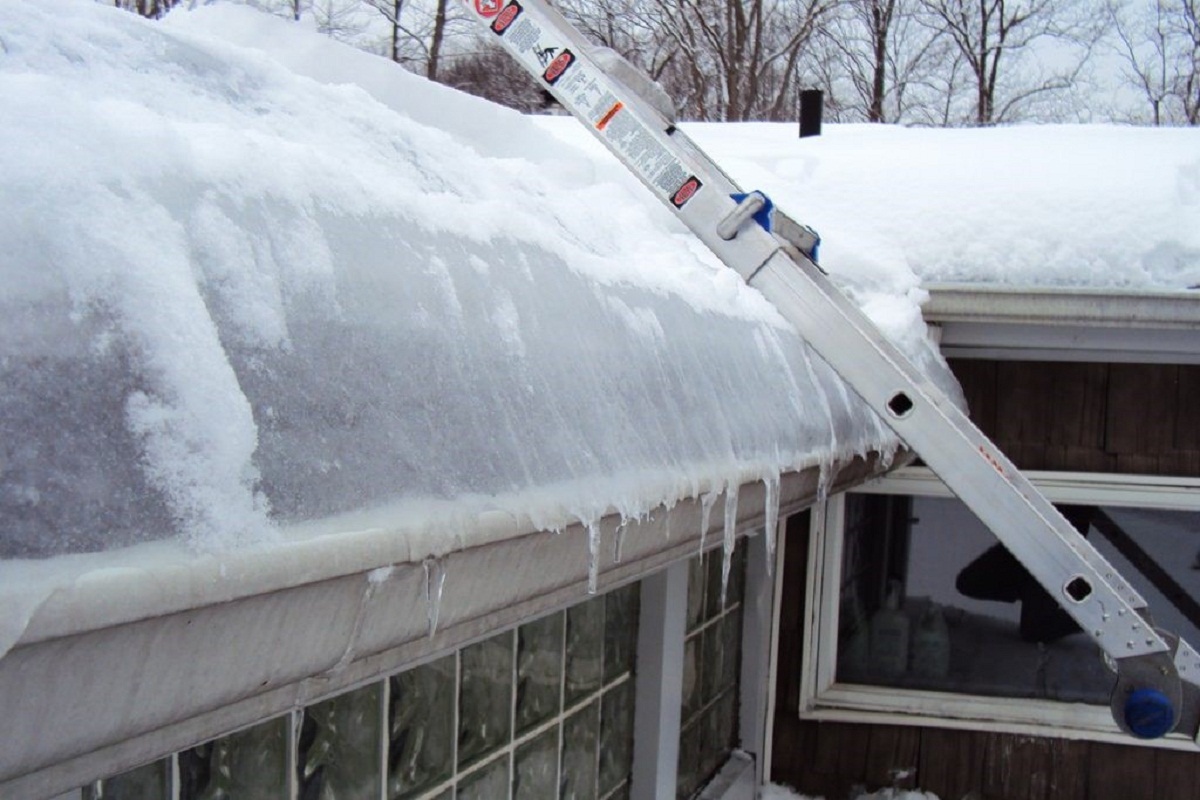

Articles
How To Remove Ice Dams From Gutters
Modified: January 8, 2024
Learn effective techniques and methods to remove ice dams from gutters with our informative articles.
(Many of the links in this article redirect to a specific reviewed product. Your purchase of these products through affiliate links helps to generate commission for Storables.com, at no extra cost. Learn more)
Introduction
Ice dams can be a homeowner’s worst nightmare, especially during the winter months. These formations occur when snow on the roof melts and then refreezes at the edge of the roofline, creating a barrier of ice that prevents proper drainage. While they may appear harmless at first glance, ice dams can cause significant damage to your home if left untreated.
Understanding the formation and effects of ice dams is crucial in order to take preventive measures, remove existing dams, and protect your home from potential damage. This comprehensive guide will provide you with the necessary knowledge and steps to safely and effectively remove ice dams from your gutters.
Key Takeaways:
- Preventing ice dams through proper insulation, ventilation, and gutter maintenance is crucial to safeguarding your home from potential structural and water damage during the winter months.
- Safely removing ice dams requires the right tools, materials, and safety precautions. Professional assistance can provide expertise, specialized equipment, and time-saving solutions for effective ice dam removal.
Read more: What Is Ice Damming On Roof
Understanding Ice Dams
Ice dams are typically formed when there is a combination of snow accumulation on the roof and heat loss from the interior of the home. When heat escapes through the roof, it warms the underside of the roof and causes the snow to melt. As the melted snow reaches the cold eaves or gutters, it refreezes, forming a solid ice barrier along the edge of the roof.
The key factor in the formation of an ice dam is the temperature difference on the roof surface. The higher parts of the roof, exposed to sunlight or direct heat from the interior, tend to be warmer and melt the snow. As the water flows down the roof, it reaches the colder eaves or gutters, cooling rapidly and freezing into ice.
This process continues over time, with new layers of melted snow freezing on top of existing ice layers. As the ice dam grows thicker, it becomes increasingly difficult for water to flow off the roof, leading to potential leaks, damaged shingles, and other problems.
Various factors contribute to the formation of ice dams. These include inadequate insulation and ventilation in the attic, poor attic air sealing, a steep roof pitch, and the orientation of the building towards the sun. The presence of these factors increases the likelihood of heat loss from the interior and the subsequent formation of ice dams.
It is important to note that ice dams are not solely a problem for older homes. Even new constructions can experience ice dam formation if proper insulation and ventilation measures are not taken into account during the design and construction process.
Now that we have a better understanding of how ice dams form, let’s explore the potential damages they can cause if left unresolved.
Potential Damages Caused by Ice Dams
Ice dams can wreak havoc on your home if they are not addressed promptly. The weight of the ice buildup alone can put excessive stress on the roof structure, leading to structural damage. However, the damage caused by ice dams goes beyond just the weight they exert.
One of the most common issues caused by ice dams is water infiltration. As the ice dam prevents proper water drainage, the melted snow and ice can back up under the roofing materials, seeping into the attic and interior walls of your home. This can result in water stains, peeling paint, damaged insulation, and even mold growth.
Furthermore, as the water seeps into the interior of your home, it can damage your ceilings, walls, and floors. The moisture can lead to sagging ceilings, warped walls, and weakened structural elements. Repairing these damages can be costly and time-consuming.
In addition to water infiltration, ice dams can also cause damage to your gutters. The weight and pressure of the ice can loosen the gutters and downspouts, causing them to detach from the roofline. This not only compromises the functionality of the gutter system but also poses a safety risk if the gutters fall from the roof.
Another potential consequence of ice dams is the formation of icicles. While icicles may seem harmless and even picturesque, they can pose a significant danger to anyone passing beneath them. Their weight and sharp edges make them a hazard that can cause personal injury or property damage when they fall.
It’s important to address ice dams as soon as they are detected to prevent these damages from occurring. In the next section, we will discuss precautionary measures you can take to prevent ice dams in the first place.
Precautionary Measures to Prevent Ice Dams
Preventing ice dams is key to avoiding the potential damages they can cause. By implementing these precautionary measures, you can significantly reduce the likelihood of ice dams forming on your roof.
- Improve Attic Insulation: Proper insulation in your attic helps to minimize heat transfer to the roof, reducing the chances of snow melting and forming ice dams. Make sure your attic is well-insulated, and consider adding extra insulation if needed.
- Ensure Adequate Ventilation: Proper ventilation in the attic helps to regulate the temperature and prevent heat buildup. Ensure that your attic has sufficient vents to allow for proper air circulation. Consult with a professional to assess your ventilation needs.
- Seal Any Air Leaks: Identify and seal any air leaks in your attic, such as gaps around chimneys, vents, and light fixtures. This helps to prevent warm air from escaping and heating the roof surface.
- Keep Gutters and Downspouts Clear: Regularly clean and remove any debris from your gutters to ensure that water can flow freely. Clogged gutters can contribute to the formation of ice dams by preventing proper drainage of water from the roof.
- Install Roof Heat Cables: Installing roof heat cables along the edges of your roof can help to melt snow and prevent ice dams from forming. These cables are designed to provide a heat source that keeps the roof surface consistently above freezing.
- Professional Roof Inspection: Schedule regular roof inspections with a professional to identify any potential issues or areas that may be prone to ice dam formation. They can provide recommendations and address any necessary repairs or improvements.
Implementing these preventive measures can go a long way in protecting your home from ice dams. However, if you already have ice dams forming on your roof, it’s crucial to remove them promptly. In the next section, we will guide you through a step-by-step process to safely remove ice dams from your gutters.
Step-by-Step Guide to Removing Ice Dams
Removing ice dams from your gutters requires careful attention and the right approach to avoid causing further damage to your roof. Follow these step-by-step instructions to safely remove ice dams and restore proper drainage.
- Gather the necessary tools and materials: Before you begin, gather the tools and materials you’ll need for the ice dam removal process. This may include a roof rake, snow shovel, ice pick or ice axe, warm water, and a calcium chloride ice melt product. Ensure that you have gloves, protective eyewear, and non-slip footwear for safety.
- Safely remove snow from the roof: Start by using a roof rake to safely remove as much snow as possible from the roof surface. Use long, downward strokes and work from the edge of the roof towards the peak. This will help to reduce the weight on the roof and minimize the amount of melting snow that contributes to ice dam formation.
- Clear a channel for water flow: Use a snow shovel or similar tool to create a channel in the remaining snow along the edge of the roof, allowing water to flow freely off the roof and into the gutters. Be gentle and avoid damaging the roof covering or flashing.
- Break up the ice dam: Carefully chip away at the ice dam using an ice pick or ice axe. Start from the lowest point of the ice dam and work your way up, being cautious not to damage the roof or gutters. Break the ice into smaller, manageable pieces to aid in removal.
- Apply warm water or ice melt: If the ice dam proves challenging to remove, you can use warm water to melt the ice or apply a calcium chloride ice melt product. Avoid using rock salt or other chloride-based ice melts, as they can corrode metal components and damage vegetation.
- Clear gutters and downspouts: Once the ice dam is removed, clear any remaining ice or debris from the gutters and downspouts. Ensure that the water can flow freely through the drainage system to prevent future ice dam formation.
It’s important to exercise caution while removing ice dams, as working on a snowy and icy roof can be hazardous. If you’re unsure or uncomfortable with the process, it’s recommended to seek professional assistance. Speaking of which, let’s explore the option of hiring professionals for ice dam removal in the next section.
Use a roof rake to safely remove snow from the edge of your roof, preventing ice dams from forming in your gutters. This will help to reduce the risk of water damage to your home.
Read more: How To Remove Tiger Stripes From Gutters
Tools and Materials Needed for Removing Ice Dams
To effectively remove ice dams from your gutters, you’ll need to gather a few essential tools and materials. Having the right equipment will make the process safer and more efficient. Here are the tools and materials you’ll need:
- Roof rake: A roof rake with a telescoping handle is essential for safely removing snow from the roof surface. Look for a rake with a long reach to clear snow without having to climb onto the roof.
- Snow shovel: A sturdy snow shovel will help you clear a channel along the edge of the roof to promote proper water drainage. Choose a shovel with a wide blade and a comfortable grip.
- Ice pick or ice axe: An ice pick or ice axe will come in handy for breaking up the ice dam. Look for a tool with a sharp pick or blade on one end and a comfortable handle for better grip and control.
- Warm water: Use warm water to melt stubborn ice or to help loosen the ice dam. Fill a bucket or container with warm water before starting the removal process.
- Calcium chloride ice melt: Calcium chloride is a common ice melt product that can help accelerate the melting process. It’s important to choose a calcium chloride product specifically designed for ice dams and follow the instructions on the package.
- Gloves and protective eyewear: Wear thick gloves to protect your hands from potentially sharp ice and tools. Additionally, use protective eyewear to shield your eyes from any flying ice or debris.
- Non-slip footwear: It’s essential to wear boots or shoes with good traction to prevent slipping on the icy roof surface. Look for footwear with rubber soles or non-slip treads for added stability.
Having these tools and materials readily available before you start the ice dam removal process will save you time and make the task easier. Remember to prioritize safety and be cautious while working on the roof. If you’re unsure about the procedure or feel uncomfortable doing it yourself, consider seeking professional assistance.
Safety Precautions to Consider While Removing Ice Dams
Removing ice dams can be a challenging task that requires careful attention to safety. It’s crucial to take the necessary precautions to protect yourself and avoid accidents or injuries. Here are some important safety guidelines to consider while removing ice dams:
- Use proper equipment: Make sure you have the right tools for the job, including a roof rake, snow shovel, ice pick or ice axe, and protective gear such as gloves and eyewear. Using the appropriate equipment can help you work more effectively and reduce the risk of injury.
- Minimize climbing on the roof: Whenever possible, avoid climbing onto the roof to remove ice dams. Use a roof rake with a telescoping handle to clear snow from the ground or hire a professional who is experienced in working on rooftops safely.
- Be aware of falling icicles and snow: Falling icicles and chunks of snow can pose a significant danger. Pay attention to your surroundings and stay clear of areas where icicles may fall. If possible, rope off the area around your home to prevent injury to yourself or others.
- Watch out for electrical hazards: Be cautious of any electrical wires or power lines that may be near the roof’s edge. Avoid contact with these lines and make sure your tools do not come into contact with them either.
- Work with a partner: It’s always a good idea to have someone nearby while removing ice dams. This person can assist you in case of an emergency, provide support, and call for help if needed.
- Be cautious of slippery surfaces: Walking on a snowy or icy roof can be hazardous. Wear boots or shoes with good traction to minimize the risk of slipping. Take slow and deliberate steps, and use caution when climbing ladders or using equipment on slippery surfaces.
- Avoid using excessive force: When breaking up ice dams, avoid using excessive force that could damage the roof or gutters. Work carefully and patiently, focusing on loosening the ice rather than forcefully hacking at it.
- Follow manufacturer instructions: If you decide to use an ice melt product, carefully read and follow the manufacturer’s instructions. Some products may have specific guidelines for application and safety precautions.
- Know your limits: If you are uncertain about your ability to safely remove ice dams or if the situation seems too dangerous, it is best to seek professional help. Professional ice dam removal companies have the experience, equipment, and expertise to handle the job safely.
By following these safety precautions, you can minimize the risks associated with ice dam removal and ensure the well-being of yourself and others. Remember, safety should always be your top priority.
Alternative Methods for Ice Dam Removal
While manual removal is the most common method for removing ice dams, there are alternative techniques that can be effective in certain situations. These methods can provide an alternative approach or complement the manual removal process. Here are some alternative methods for ice dam removal:
- Heat Trace Cables: Installing heat trace cables along the roof edge can help prevent the formation of ice dams. These cables release heat and melt snow as it comes into contact with them, allowing for proper water drainage. However, heat trace cables are not a solution for removing existing ice dams but rather a preventive measure.
- Steamers: Steamers are devices that emit hot steam, which can be used to melt ice dams. They are effective in removing ice without causing damage to the roof or gutters. However, steamers can be expensive to rent or purchase, and they require caution and proper training to use safely.
- Roof Ice Melt Products: There are specialized roof ice melt products available on the market that are designed to melt ice dams. These products are typically in tablet or pellet form and can be placed strategically on the roof to melt the ice. However, it’s important to carefully read and follow the manufacturer’s instructions for safe and effective use.
- Professional Roof Steaming: Hiring a professional roof steaming service is another alternative for ice dam removal. These professionals use specialized equipment to apply high-temperature steam to melt the ice dams. Roof steaming can be an effective and efficient method, particularly for larger or hard-to-reach ice dams.
- Hot Water Application: Pouring hot water on sections of the ice dam can help melt the ice and facilitate its removal. This method requires caution and should only be used in areas where it can be done safely without causing damage to the roof or gutters.
- Professional Ice Dam Removal Services: If you’re uncertain about the best method for removing ice dams or if you’re uncomfortable performing the task yourself, hiring a professional ice dam removal service is a viable solution. These professionals have the expertise, experience, and specialized equipment to safely and effectively remove ice dams, minimizing the risk of damage to your roof and gutters.
It’s important to assess your specific situation and choose the method that best suits your needs and capabilities. Remember to prioritize safety and consider consulting with professionals if you’re unsure about the best approach for removing ice dams from your gutters.
Professional Assistance for Removing Ice Dams
When it comes to removing ice dams, professional assistance can be a smart and practical choice. Hiring experienced professionals who specialize in ice dam removal can ensure a safe and effective removal process. Here are some reasons why you might consider seeking professional help:
Expertise and Experience: Professional ice dam removal services have the necessary knowledge and experience to safely and efficiently remove ice dams. They understand how ice dams form, the best techniques for removal, and how to minimize the risk of damage to your roof and gutters.
Specialized Equipment: Ice dam removal professionals have access to specialized equipment that is specifically designed for the task. From steamers to hot water machines, these tools enable them to effectively melt and remove ice dams without causing harm to your roof or gutters.
Efficiency and Time Savings: Professionals can complete the ice dam removal process in a timely manner, saving you valuable time and effort. Their experience and efficient techniques ensure that the ice dams are effectively removed, allowing for proper drainage and minimizing the risk of further damage to your home.
Safety First: Climbing on a slippery roof to remove ice dams can be dangerous. Professional ice dam removal services prioritize safety and have the necessary training and equipment to ensure a safe working environment. They are equipped to handle the risks associated with working at heights and dealing with icy conditions.
Preventive Measures: In addition to removing existing ice dams, professionals can provide valuable advice on preventive measures to avoid future ice dam formation. They can assess your roof and recommend insulation, ventilation, and other improvements to mitigate the likelihood of ice dam problems in the future.
Insurance Coverage: If your home sustains damage caused by ice dams, it’s worth checking with your insurance provider to see if they cover professional ice dam removal services. Some insurance policies may include coverage for this type of damage and the associated removal costs.
Before hiring an ice dam removal company, it’s important to do your research and ensure they are reputable and experienced. Look for companies with positive customer reviews, appropriate certifications, and insurance coverage. This will give you peace of mind knowing that your home is in capable hands.
When it comes to dealing with ice dams, professional assistance can save you time, effort, and potential damage to your home. Consider reaching out to professionals to handle the removal process and enjoy the peace of mind that comes with knowing the job is being done safely and effectively.
Read more: How To Remove Ice From Freezer
Conclusion
Ice dams pose a significant risk to the integrity of your home during the winter months. Understanding how they form and the potential damages they can cause is vital in protecting your property. By implementing precautionary measures to prevent ice dams, you can minimize the chances of their formation. This includes improving attic insulation, ensuring proper ventilation, sealing air leaks, and keeping gutters and downspouts clear.
If ice dams do form on your roof, it’s important to address them promptly and safely. Following a step-by-step guide to removal, using the right tools and materials, and taking necessary safety precautions can help you effectively remove the ice dams and prevent further damage. However, if you are unsure or uncomfortable with the process, do not hesitate to seek professional assistance.
There are alternative methods, such as heat trace cables, steamers, roof ice melt products, and professional ice dam removal services, that can offer effective solutions, depending on your specific situation. It’s important to assess your needs and capabilities to determine the best approach for ice dam removal.
Ultimately, the safety and well-being of yourself, your family, and your home should be the top priority. Whether you opt to tackle ice dams on your own or enlist the help of professionals, be sure to prioritize safety and take the necessary precautions to minimize any potential risks.
By understanding the formation of ice dams, taking preventive measures, and knowing how to remove them safely, you can protect your home and ensure a worry-free winter season. Stay proactive and prepared, and enjoy the peace of mind that comes with keeping ice dams at bay.
Frequently Asked Questions about How To Remove Ice Dams From Gutters
Was this page helpful?
At Storables.com, we guarantee accurate and reliable information. Our content, validated by Expert Board Contributors, is crafted following stringent Editorial Policies. We're committed to providing you with well-researched, expert-backed insights for all your informational needs.
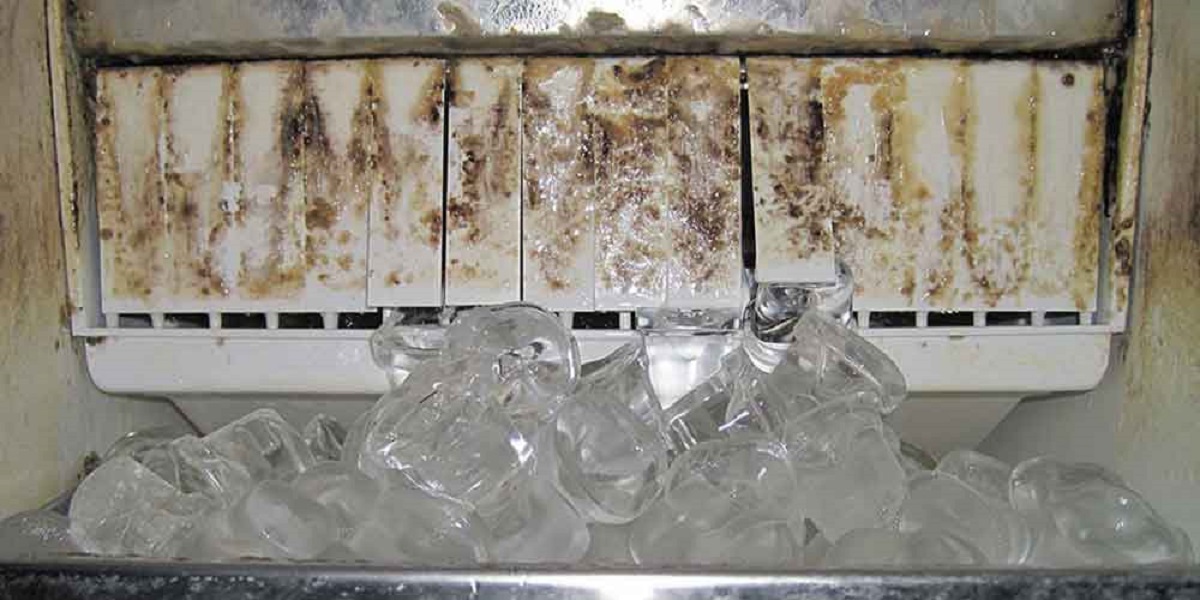
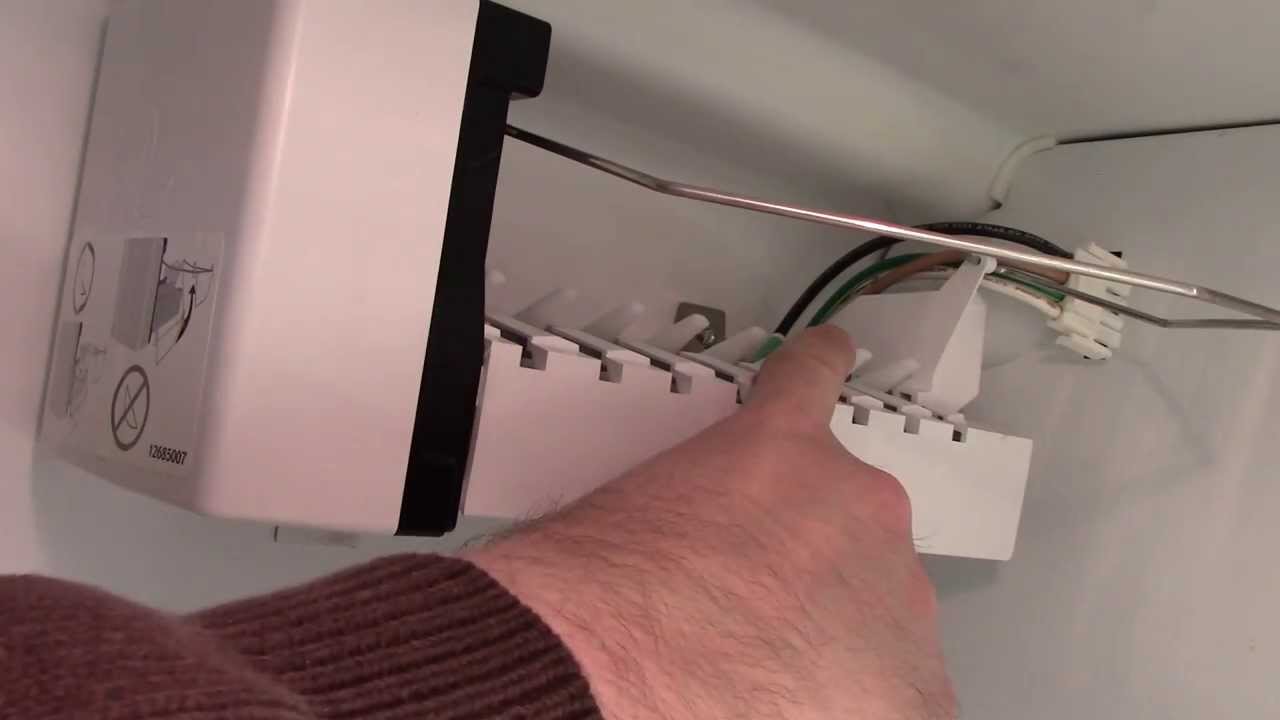
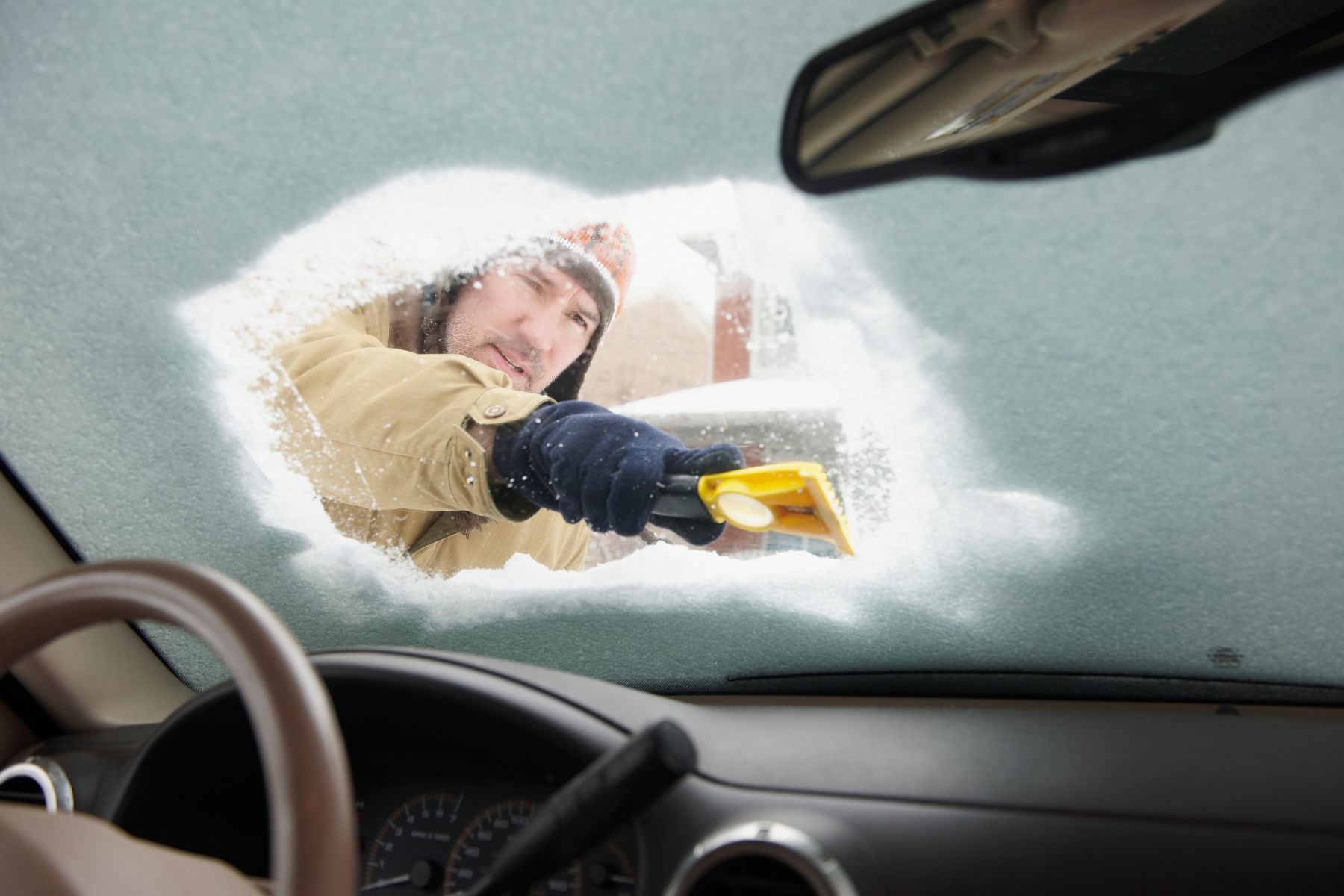
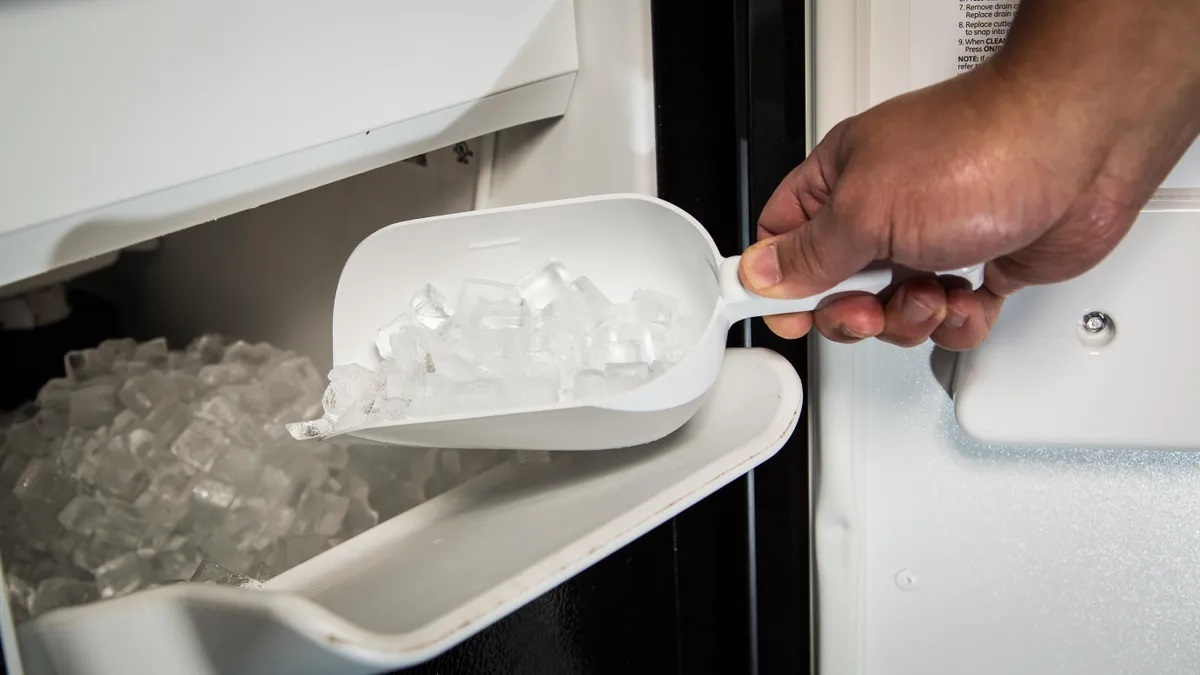
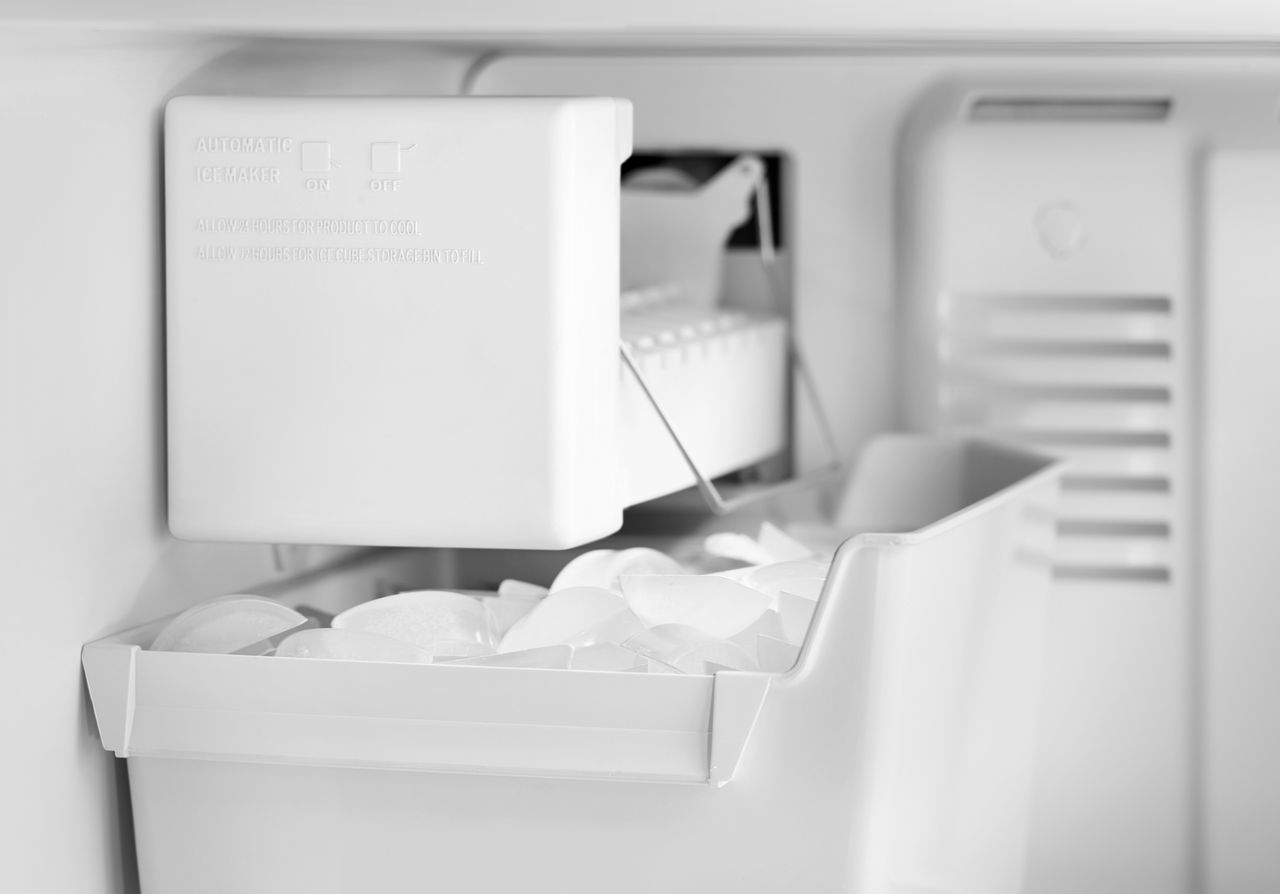
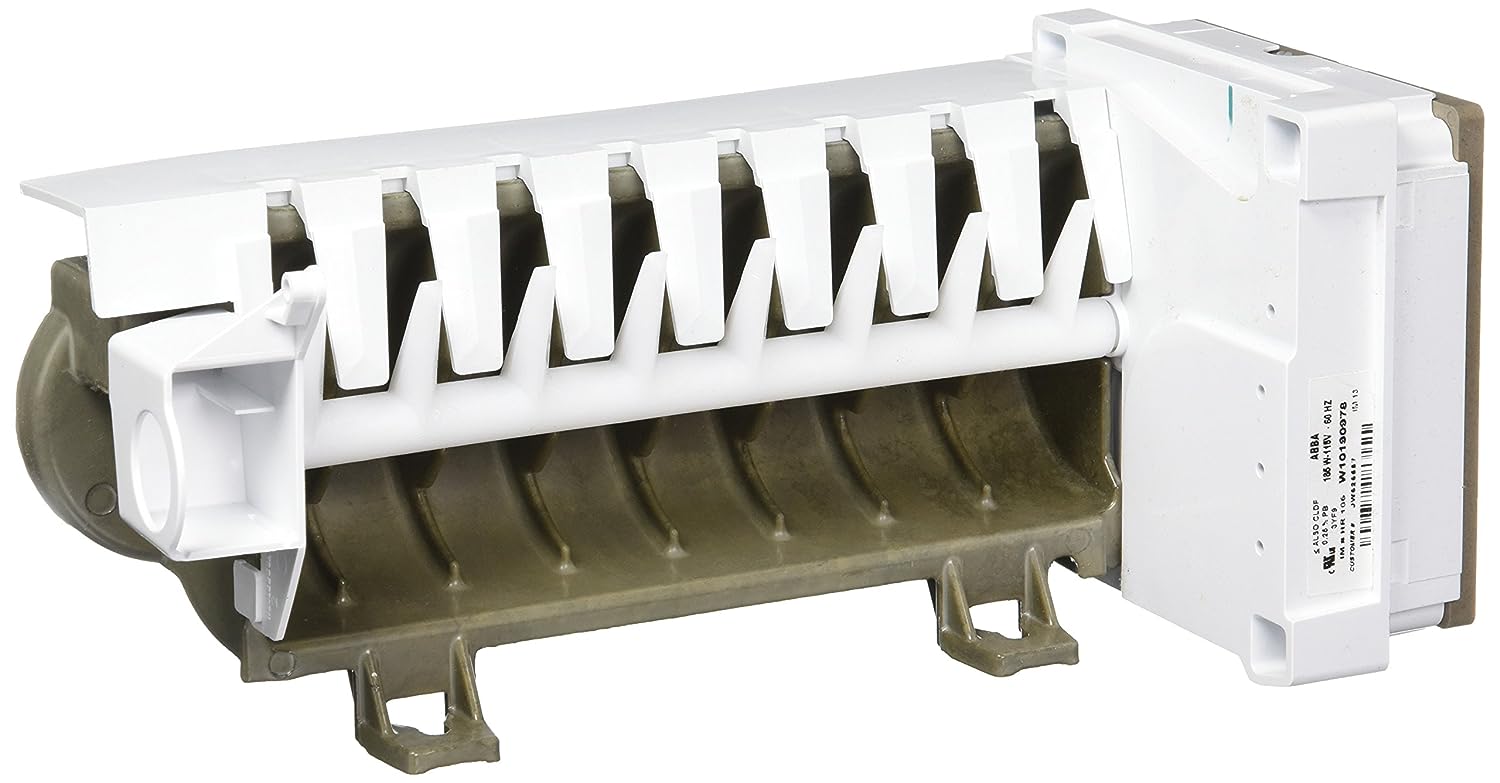
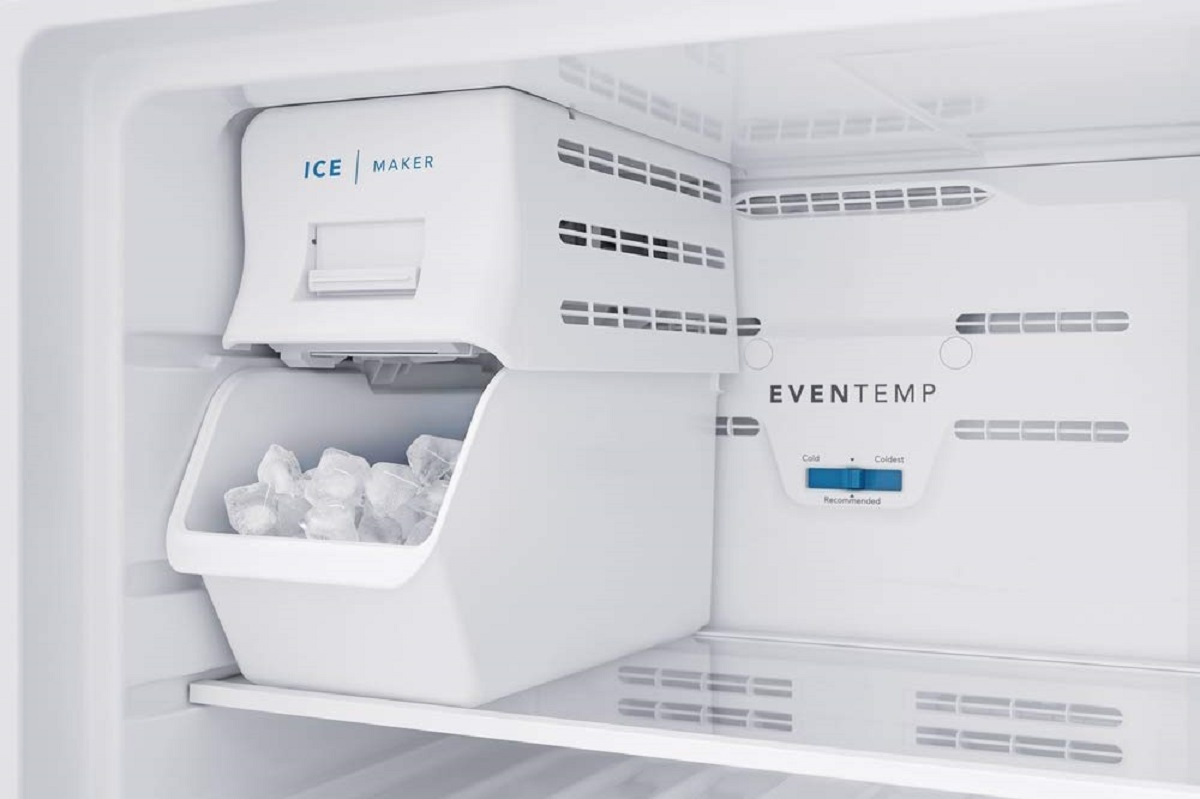
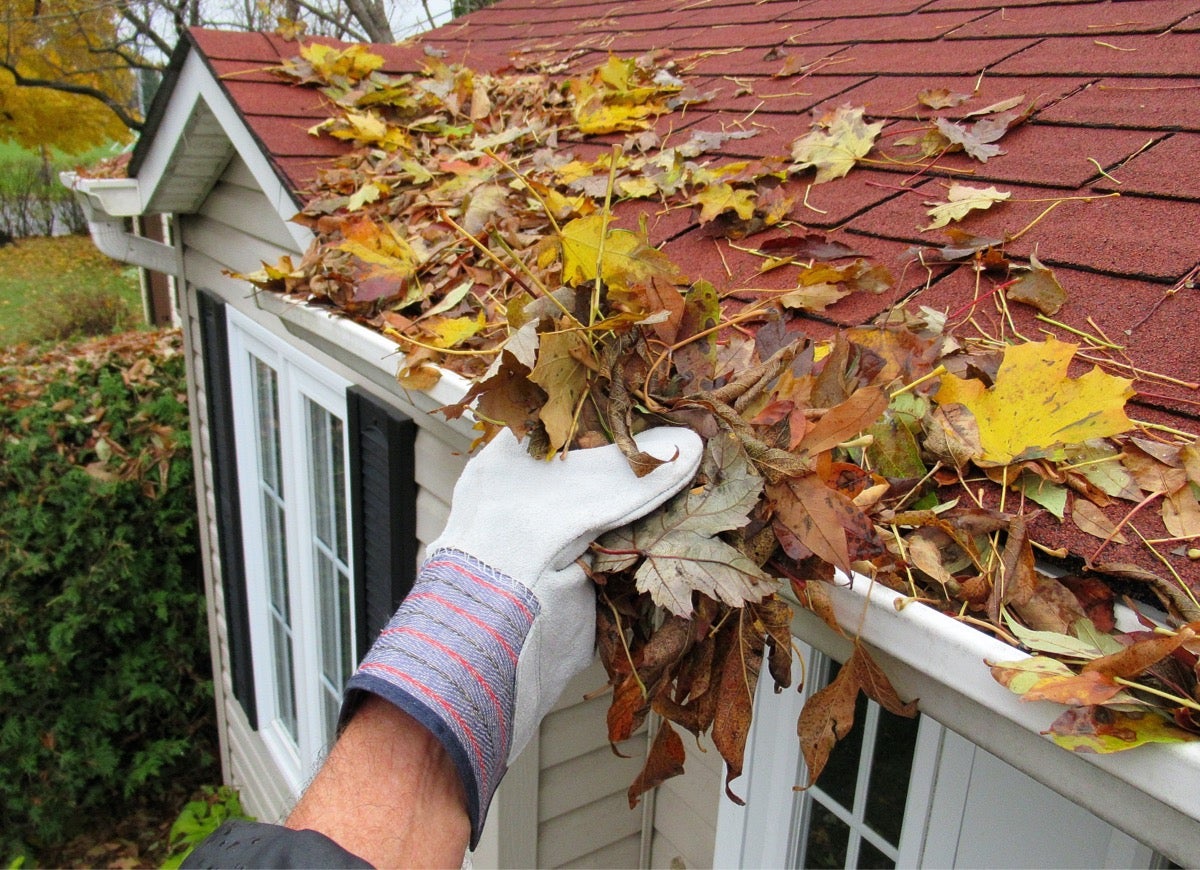
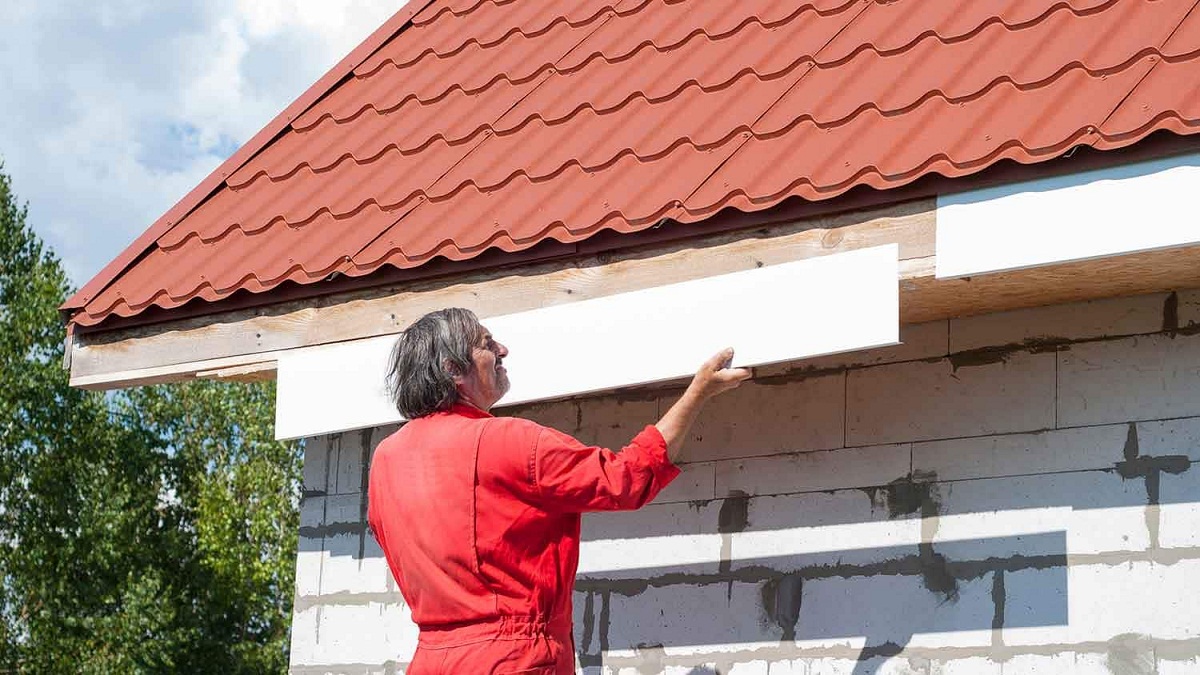
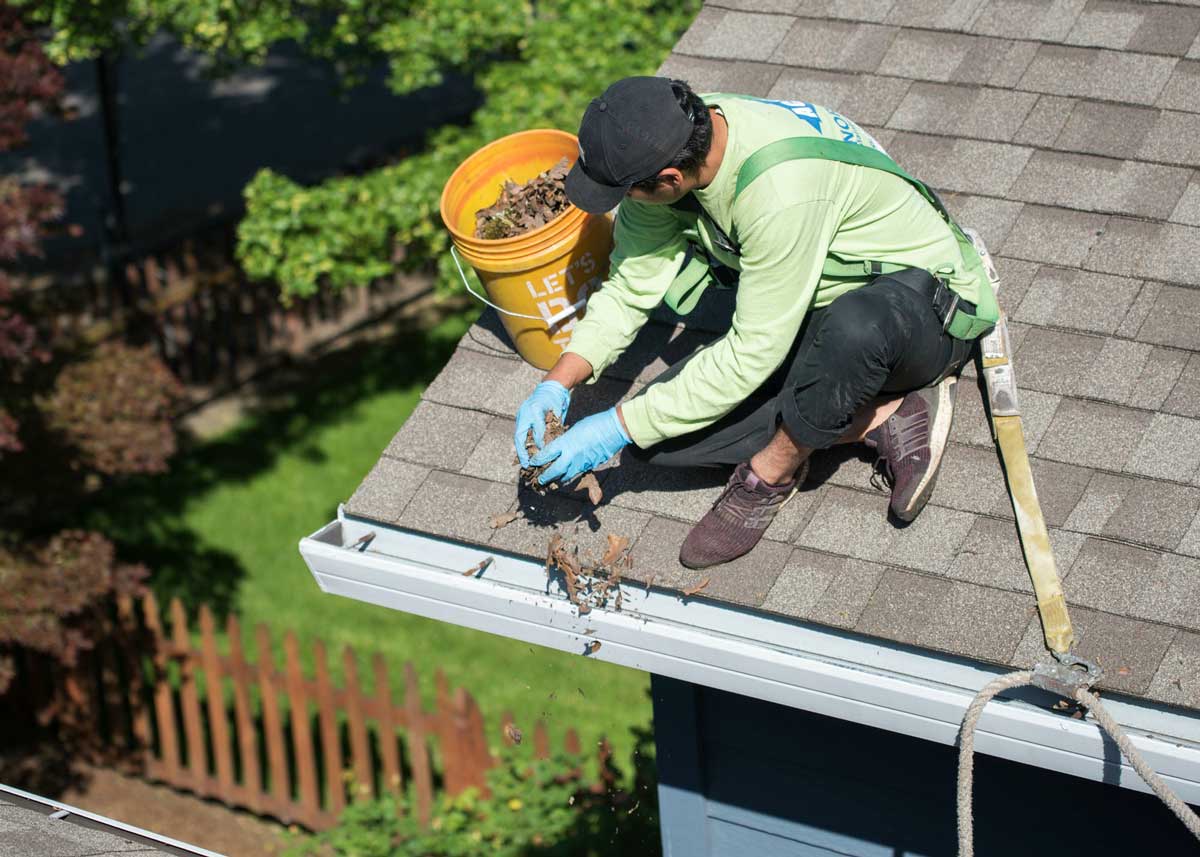
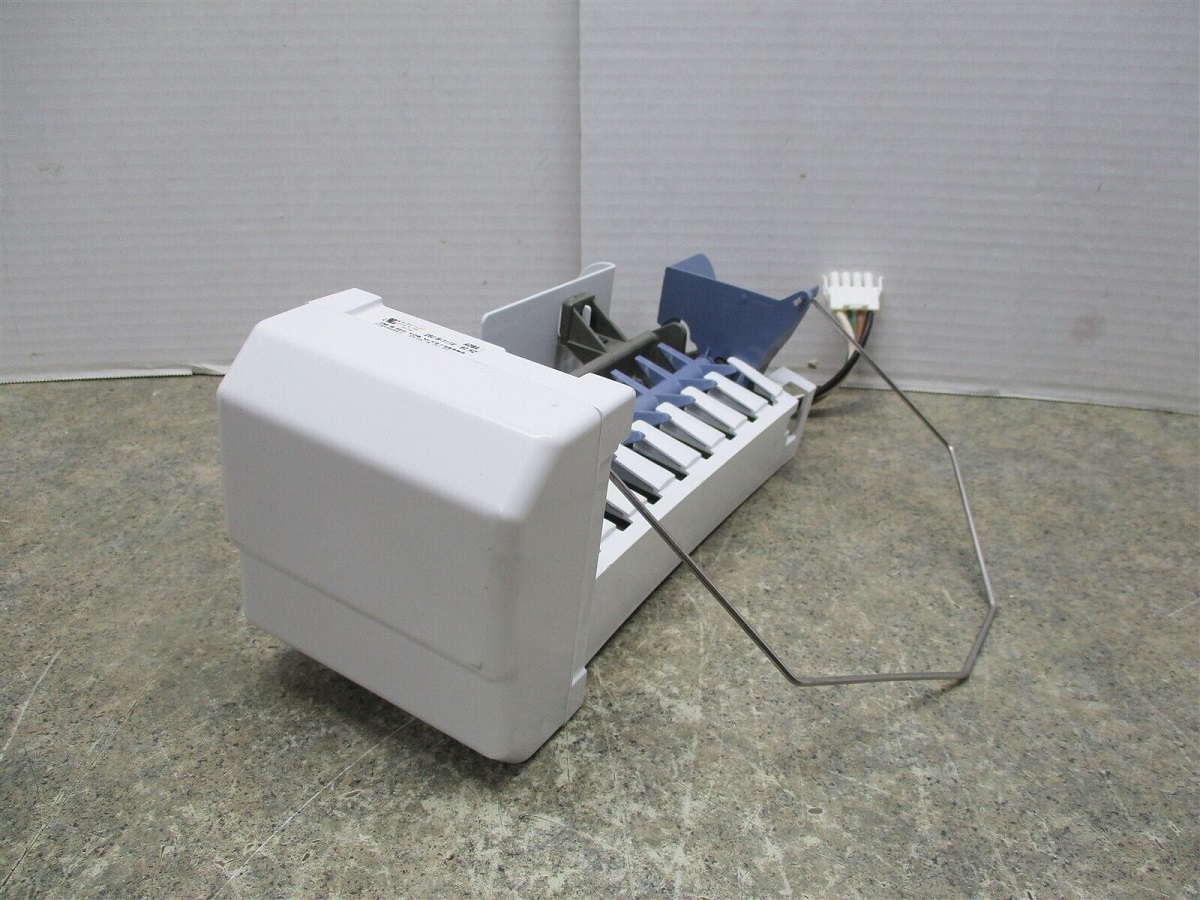

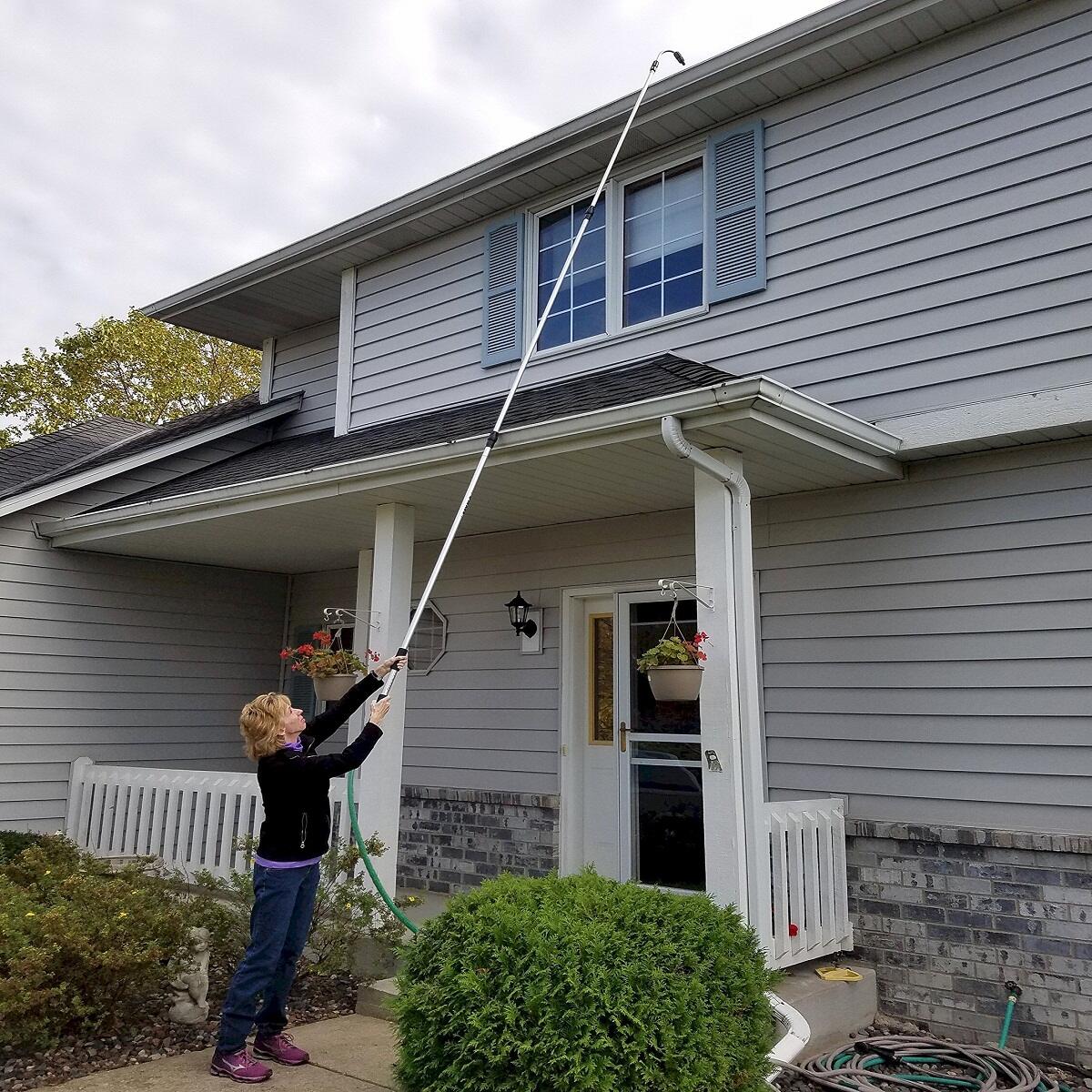

0 thoughts on “How To Remove Ice Dams From Gutters”